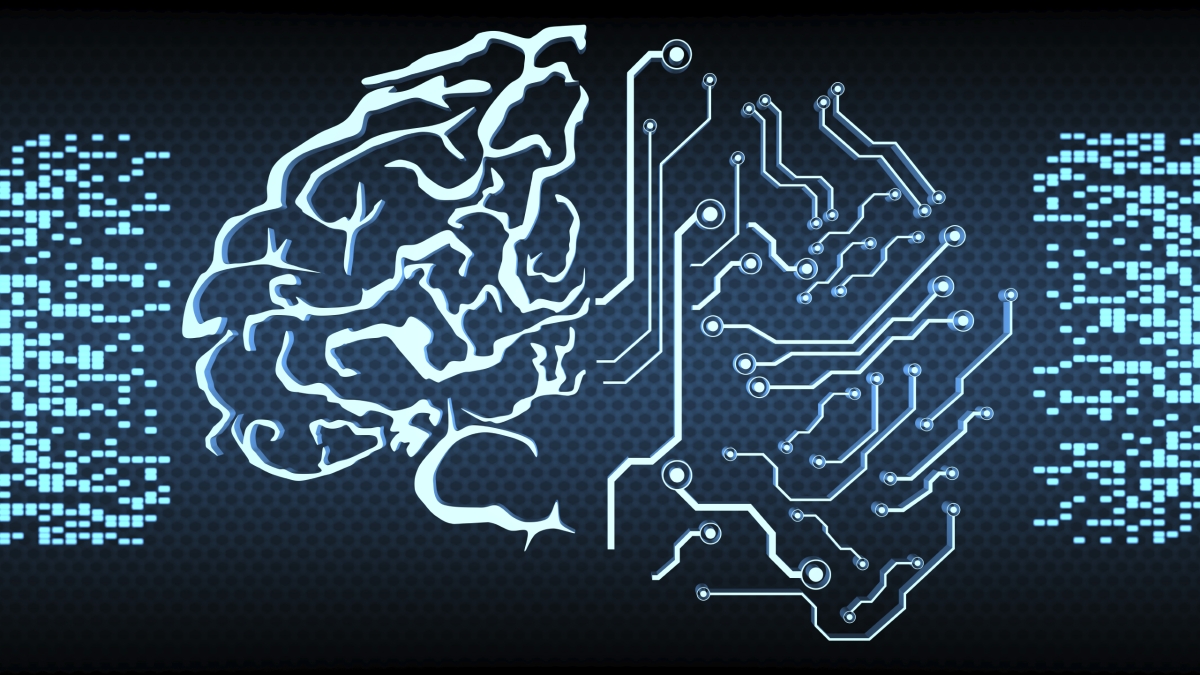New look at neuroscience draws experts to ASU

Across the country, billions of dollars and millions of hours are spent on studying the inner workings of the brain as scientists search for ways to treat debilitating diseases and injuries such as Alzheimer’s, Parkinson’s, epilepsy and traumatic brain injury.
Now, with the tremendous growth in basic knowledge driven by these efforts, researchers see a need to integrate their work across the broad scientific disciplines represented in modern neuroscience.
As part of an effort by the National Science Foundation (NSF) and National Institutes of Health (NIH) to leverage this investment of time and money, and to provide opportunities for neuroscientists to collaborate, Arizona State University’s School of Life Sciences and School of Mathematical and Statistical Sciences are hosting the 2014 Collaborative Research in Computational Neuroscience meeting for principal investigators.
Scheduled for Oct. 16-18, this annual conference brings together scientists from many disciplines to investigate how the brain works at all levels, from molecular to behavior to networks of neurons.
Computational neuroscience is an interdisciplinary science that links diverse fields of study including neuroscience, mathematics, psychology and engineering, to name a few.
“One of ASU's driving principles is to break down barriers between scientific disciplines, because that is where the big advances in discovery will come from in the 21st century,” said Brian Smith, professor with ASU's School of Life Sciences. “The point of this conference is for investigators to learn from each other. This interaction fosters new discovery and the development of new collaborative research.”
Sharon Crook, an associate professor with the School of Mathematical and Statistical Sciences and the School of Life Sciences, said ASU is a leader in translating basic research into advances in biomedicine, and that this conference provides a focused opportunity to create synergy between research fields.
“Neuroscience involves the investigation of how the brain works at several levels of analysis,” shared Crook. “Integrating data from different levels of analysis is a complex undertaking involving many variables. Therefore, it is necessary to integrate the biology with mathematical models in order to understand how the brain works both in a healthy state and under conditions of disease or injury.”
Funded by NSF and NIH, the three-day conference begins with a workshop on Oct. 16, and is followed by seminars and poster sessions Oct. 17-18. ASU students, postdoctoral researchers and faculty are invited to attend the free workshop at ASU’s Memorial Union on Oct. 16. The remaining events will be hosted at Tempe Mission Palms Hotel and Conference Center near the ASU Tempe campus, and registration is required.
For more information on the conference, visit the event website.